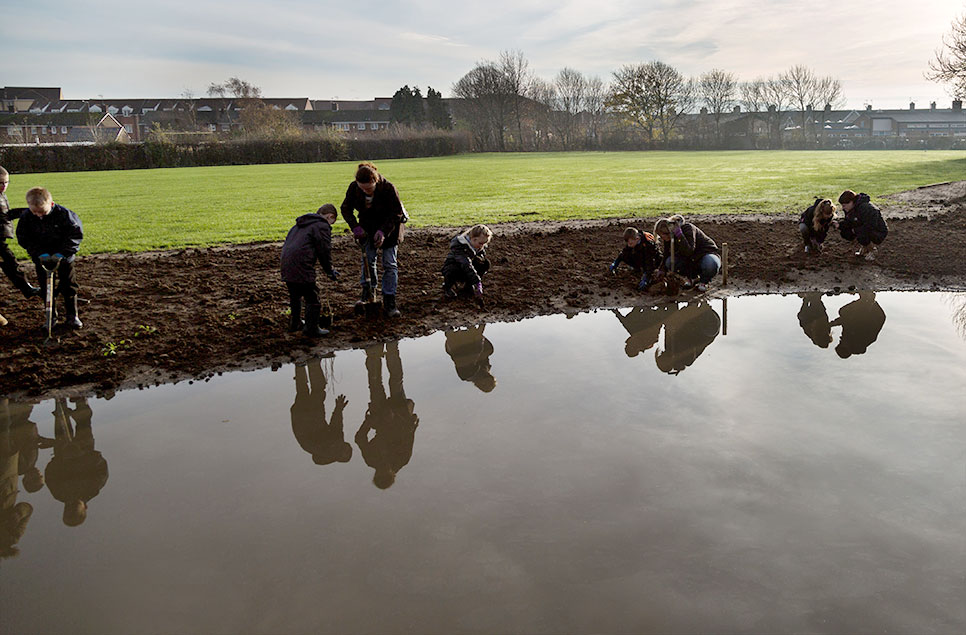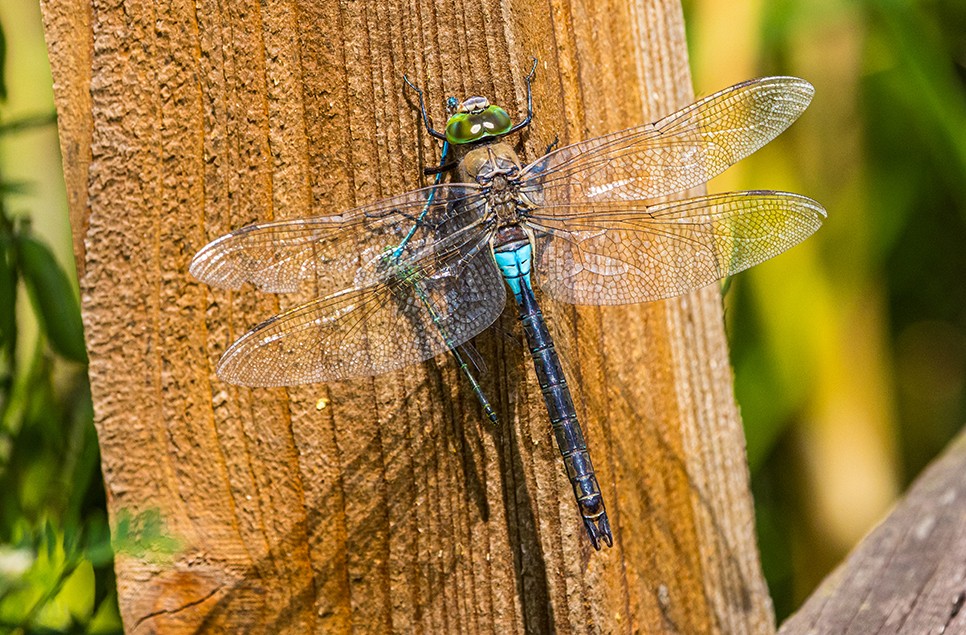Blue up to Level up
Increasing access to blue spaces in our urban areas should be an integral part of the “levelling up” agenda, according to a new Environment Agency report – one which WWT strongly supports as part of our Wetlands Can! campaign.

Increasing access to blue spaces in our urban areas should be an integral part of the “levelling up” agenda, according to a new Environment Agency report – one which WWT strongly supports as part of our Wetlands Can! campaign.
The State of the Urban Environment report highlights the impact of the climate, nature and wellbeing crises on the poorest communities and calls for planning to improve access to green and blue spaces for the growing populations of city regions.
WWT’s Wetlands Can! campaign is calling for the creation of 100,000 hectares of healthy wetlands across the country – including in urban spaces such as the Salt Hill Stream in Slough where we worked with the local community to create a healthier wetland for the town, including disadvantaged communities. These urban blue spaces provide spectacular sanctuaries for people and wildlife, as well as help tackle pollution, protect us from flooding, and improve water quality.
The Environment Agency’s report emphasises that not only are we experiencing simultaneous climate, nature and wellbeing crises but that inevitably it is the poorest communities who are hardest hit. According to EA Chief Executive James Bevan in his speech launching the report, whether you are benefiting from the green and blue space in most of our cities depends largely on who you are and where you live - deprived communities have much less access.
“Many city-dwellers do not live within easy walking distance of a local park, playing field, garden or other green space,” he said. “Those who do tend to be the rich ones: 59% of households in the top 10% income bracket are within a 10-minute walk of a publicly-accessible green space compared with just 35% in the bottom 10% income bracket.
“Moreover, the quality of parks, other green spaces and rivers is often lower in deprived areas, which means people derive less benefit from them. They are also less likely to visit them at all, because people will naturally avoid going to places which are unsafe, unloved or run-down.”
WWT’s head of Policy and Advocacy Tom Fewins said urban ‘blue spaces’ could include both existing wetlands, like rivers and streams, and new ones such as back garden ponds or neighbourhood rain gardens. This is why as part of the Wetlands Can! campaign, WWT is providing the Just Add Water toolkit to help people build mini wetlands in their gardens or other outdoor areas – even in the very smallest of spaces.
“We support James Bevan’s call to “clean up, green up, and level up’, although we would also like to include ‘blue up’,” said Tom.
“Urban wetlands function as a key part of the urban environment, providing a huge number of benefits including improving water quality, reducing surface water flooding, strengthening community cohesion, reducing urban heating and increasing biodiversity.
“The Environment Agency has shown that it recognises the benefits of access to both green and blue spaces, and if the PM’s is to make good on his pledge to ‘level up’ opportunities across the country, that must include levelling up people’s quality of life. Everyone should enjoy the benefits of living and working in a good quality local environment, and a great way to do this would be to invest in a ‘Blue Recovery’ that restores existing blue spaces and creates new ones.
“With the right policy measures in place we can work together to restore neglected rivers, retrofit rain gardens and incorporate new wetlands into new urban developments to help level up people’s quality of life”.
To help call for more wetlands in the UK including urban areas to help fight the climate, nature and wellbeing crisis please sign up to pledge your support on the Wetlands Can! campaign page.



